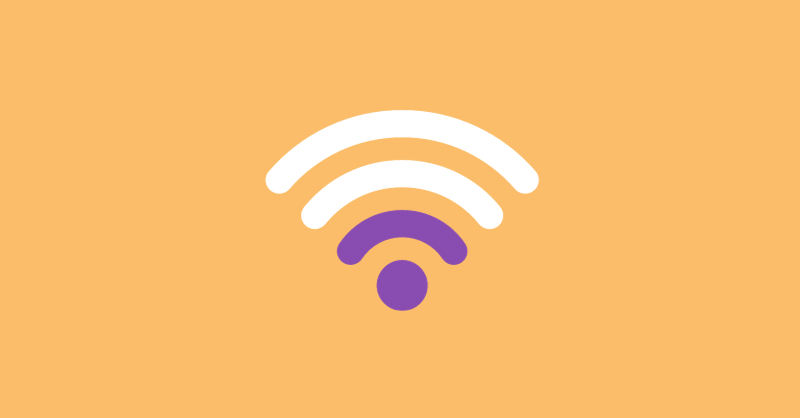
How to Solve Wifi Issues

In today's hyper-connected world, a strong and reliable Wi-Fi connection is essential for both work and leisure activities. However, it's not uncommon to encounter situations where your Wi-Fi signal doesn’t reach all areas of your home. Fortunately, there are several troubleshooting techniques you can employ to address this issue. In this post, we will explore practical steps to help you extend and improve the Wi-Fi coverage in your home, ensuring a seamless online experience throughout your living space.
1. Assess your Wi-Fi Router Placement:
The placement of your Wi-Fi router plays a crucial role in determining the signal strength and coverage within your home. Start by ensuring that your router is centrally located, preferably on an elevated surface, away from obstructions such as walls, furniture, or appliances. These objects can obstruct the Wi-Fi signal, hindering its reach. Additionally, avoid placing your router in close proximity to other electronic devices that emit interference, such as cordless phones, baby monitors, or microwave ovens.
2. Select the correct Wi-Fi network:
Nowadays most Wi-Fi routers broadcast on both a 2.4 and a 5 gigahertz channel. These are usually indicated in the Wi-Fi name. In those hard-to-reach areas of your home, it is recommended to use the 2.4 gigahertz channel as this signal travels through walls and other obstructions better and often provides a more stable connection.
3. Optimize Router Settings:
Access your router's configuration settings through a web browser and ensure that you have optimized its settings for maximum coverage. Begin by selecting the appropriate Wi-Fi channel. When you’re living in a congested area like an apartment building there can be several overlapping channels that lead to interference, so try different channels to find the one with the least congestion.
4. Secure Your Network:
Unwanted devices accessing your Wi-Fi network can cause congestion and reduce available bandwidth. Ensure your network is password protected and use WPA2 or WPA3 encryption for improved security. Change your Wi-Fi password regularly and avoid using common or easily guessable passwords to prevent unauthorized access.
5. Consider Wi-Fi Range Extenders or Mesh Systems:
If your Wi-Fi signal still struggles to reach certain areas, Wi-Fi range extenders or mesh systems can significantly enhance coverage. Wi-Fi range extenders capture and amplify the existing signal, extending it to areas with weaker coverage. Mesh systems, on the other hand, use multiple devices strategically placed throughout your home to create a unified and seamless Wi-Fi network. Both options can be purchased at Best Buy or on Amazon.ca.
6. Use Powerline Adapters:
Powerline adapters provide an alternative solution for extending your Wi-Fi coverage. These devices use your home's electrical wiring to transmit the network signal, allowing you to create Wi-Fi access points in different rooms. By plugging one adapter into an outlet near your router and another in the desired location, you can effectively extend your network without additional cabling.
Achieving reliable Wi-Fi coverage throughout your home is crucial for maintaining a seamless online experience. By following these troubleshooting techniques, you can optimize your Wi-Fi signal strength and coverage, ensuring that every corner of your home is well-connected. Experiment with different solutions, and don't hesitate to reach out to us here at Purple Cow Internet if you cannot find a solution that works. With a little effort and smart configuration, you can enjoy uninterrupted Wi-Fi connectivity in all areas of your home.
Bradley Farquhar
CEO